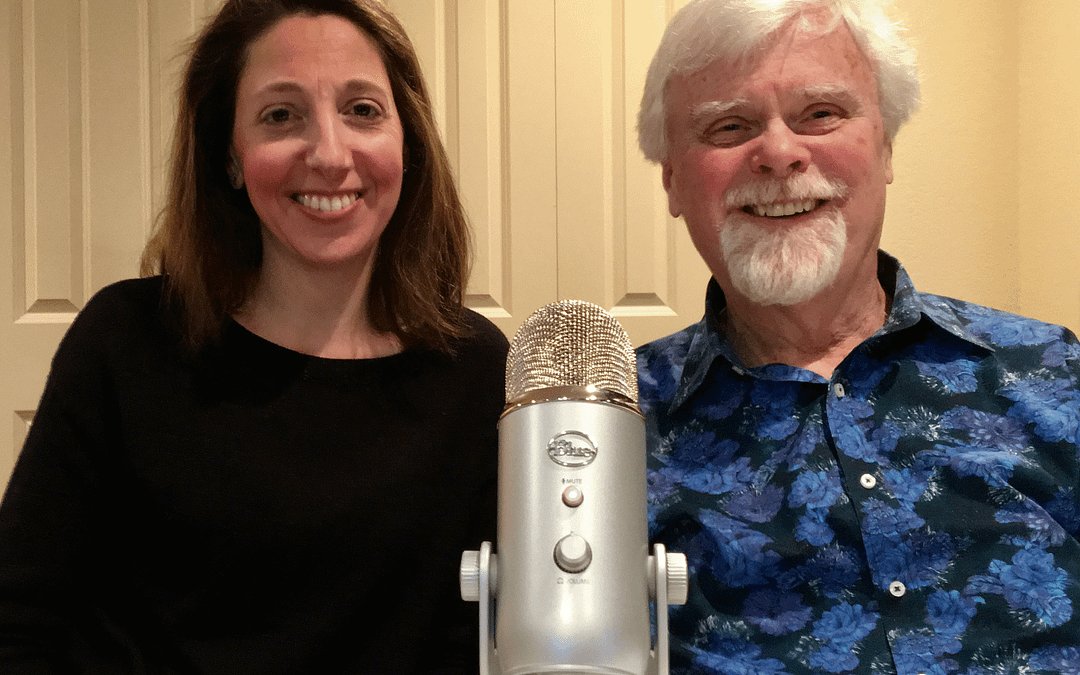Here is another cool short video from Jill Levitt, PhD, who is the Director of Training at the Feeling Good Institute in Mt. View, California, and Taylor Chesney, PhD, who is he Director of Training at the Feeling Good Institute in New York City. But you might enjoy it more if you read the material below the video first!
[wpvideo HIbnkWHw]
Scenes from a Sunday hike:
I have always emphasized the importance of personal healing for therapists, as part of their development as psychotherapists and their growth as human beings. In this video, Dr. Taylor Chesney remembers one of my Sunday hikes when she did some personal healing and came to understand the Hidden Emotion Technique in much greater depth. Something sudden and unexpected happened that had a profound effect on Taylor’s life.
Because Dr. Levitt wasn’t there when Taylor and I were doing our work, I will share a tad of additional information that might illuminate Taylor’s experience while hiking. First, Taylor asked if I could help her with some sudden anxiety she had about transitioning to her private practice at the end of her post-doctoral training. She was extremely anxious and had negative thoughts like, “I won’t get any referrals,” and “My practice will be a failure,” and “I won’t be able to help anyone,” and things along those lines.
Taylor could easily identify the distortions in her thoughts, which included Fortune Telling (making arbitrary negative predictions), Discounting the Positive (since she was highly regarded by everyone in our training program and was already getting many referrals, and had tons of patients who were doing great because of her superb skills), Emotional Reasoning (I feel anxious, so I must be in danger,) and All-or-Nothing Thinking (viewing a private practice as either a smashing success or a total failure) to mention just a few of the cognitive distortions in her negative thoughts. However, Taylor simply could not come up with positive thoughts that effectively crushed the negative thoughts, so she continued to believe them, even though on some level she could see that the negative thoughts were simply not true. She kept clinging to the irrational belief that she’d get no referrals and be totally ineffective in her clinical work, and so forth.
Then I asked myself “why” Dr. Chesney was being so unreasonable, since she was really a sweet, smart, and enthusiastic individual. I began to think about the Hidden Emotion Model, which can be incredibly helpful in the treatment of anxiety, especially when patients seem stuck. The idea behind the Hidden Emotion Technique is that only “nice” people develop anxiety disorders, and it’s often because of some hidden feeling or conflict that the patient has not brought to conscious awareness. The Hidden Emotion or conflict is NOT something that’s buried in the past, it’s something that’s buried in the present–some ordinary thing that’s bugging the patient right now, but you can’t seem to “remember” what it is.
Sometimes the suppressed feeling is a negative one, like anger, but sometimes it can be a positive feeling, which turned out to be the case with Dr. Chesney. And usually, the anxiety is the symbolic expression of the conflict. Once you bring the Hidden Emotion to conscious awareness, and the patient deals with, you will nearly always see a dramatic and sudden reduction in the anxiety, or even a complete elimination of the anxiety.
Essentially, Dr. Chesney seemed to be saying, “private practice won’t work for me and you can’t convince me that I’ll be successful no matter what!” Could it be that some hidden feelings was getting in the way? If you haven’t yet watched the video, take a guess. Then watch the video and you’ll find out what the Hidden Emotion really was! After you’ve finished the brief video, you can link to my final comments if you’re interested in learning a little more.
You can also link to a previous blog on the Hidden Emotion Technique as well as two previous Feeling Good Podcasts on the causes and treatments for anxiety, including the Hidden Emotion Technique:
023: Scared Stiff — What Causes Anxiety? What’s the Cure? (Part 2)
027: Scared Stiff — The Hidden Emotion Model (Part 5)
David
If you are reading this blog on social media, I appreciate it! I would like to invite you to visit my website, https://feelinggood.com, as well. There you will find a wealth of free goodies, including my Feeling Good blogs, my Feeling Good Podcasts with host, Dr. Fabrice Nye, and the Ask Dr. David blogs as well, along with announcements of upcoming workshops, and tons of resources for mental health professionals as well as patients!
Once you link to my blog, you can sign up using the widget at the top of the column to the right of each page. Please forward my blogs to friends as well, especially anyone with an interest in mood problems, psychotherapy, or relationship conflicts.
Thanks! David






